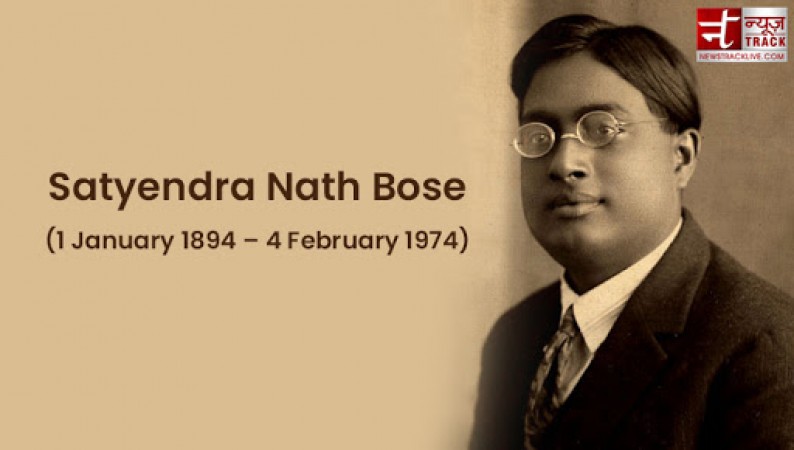
Satyendra Nath Bose was born in Calcutta, the eldest of seven children of a Bengali Kayastha family. He was the only son, followed by six sisters. His ancestral home was in the village of Bara Jagulia, the then district of Nadia in Bengal. His schooling began at the age of five, near his home. When his family moved to Goabagan, he was admitted to the New Indian School. In the final year of school, he was admitted to the Hindu school. He passed his entrance exam (matriculation) in 1909 and finished fifth in the order of merit. He then joined the Intermediate Science course at the Presidency College in Calcutta, where his teachers included Jagdish Chandra Bose, Sharda Prasanna Das and Prafulla Chandra Ray. Bose chose mixed (applied) mathematics for his BSc and passed the exam in 1913, finishing first. He then enrolled in the newly formed Science College of Sir Ashutosh Mukherjee, where he again stood first in the M.Sc. Mixed Mathematics Examination in 1915. His marks scored in the MSc examination. A new record in the history of the University of Calcutta, which is yet to be surpassed.
After completing his MSc, Satyendra Nath joined the Science College of the University of Calcutta in 1916 as a research scholar and started his studies in the theory of relativity. It was an exciting era in the history of scientific progress. Quantum theory had just appeared on the horizon and important results were beginning to emerge. His father, Surendranath Bose, worked in the engineering department of the East Indian Railway Company. In 1914, at the age of 20, Satyendra Nath Bose married Ushbati Ghosh, the 11-year-old daughter of a Calcutta doctor. They had nine children, two of whom died in childhood. When he died in 1974, he is survived by his wife, two sons and five daughters.
As a polyglot, Satyendra Nath Bose was well versed in several languages such as Bengali, English, French, German and Sanskrit as well as the poetry of Lord Tenison, Rabindranath Tagore and Kalidasa. He could play the Esraj, an Indian musical instrument similar to a violin. He was actively involved in running night schools known as the Working Men's Institute.
Also Read:-
Bollywood's Chulbul Pandey seen cooking on stove, video viral
Map of Ayodhya's 'Ram Mandir' released, know plan for 70 acres land
Kapil Gurjar who did firing in Shaheen Bagh joins BJP